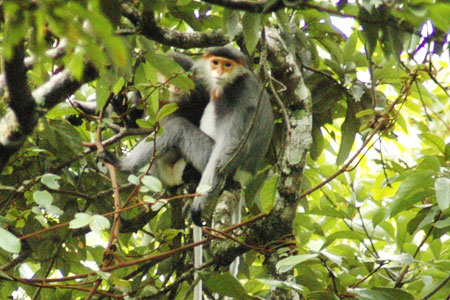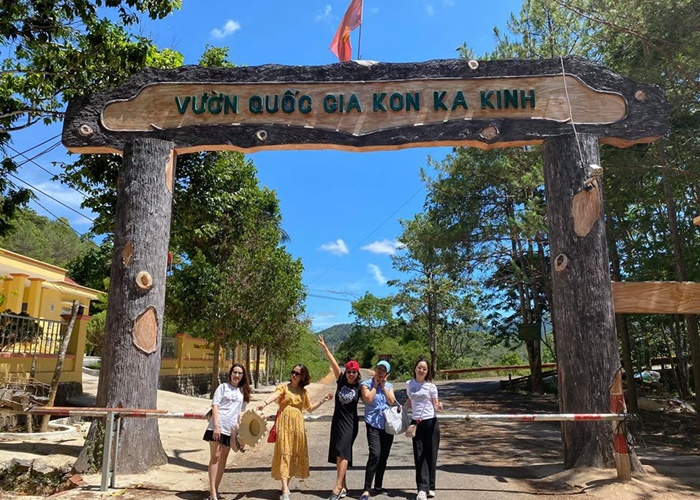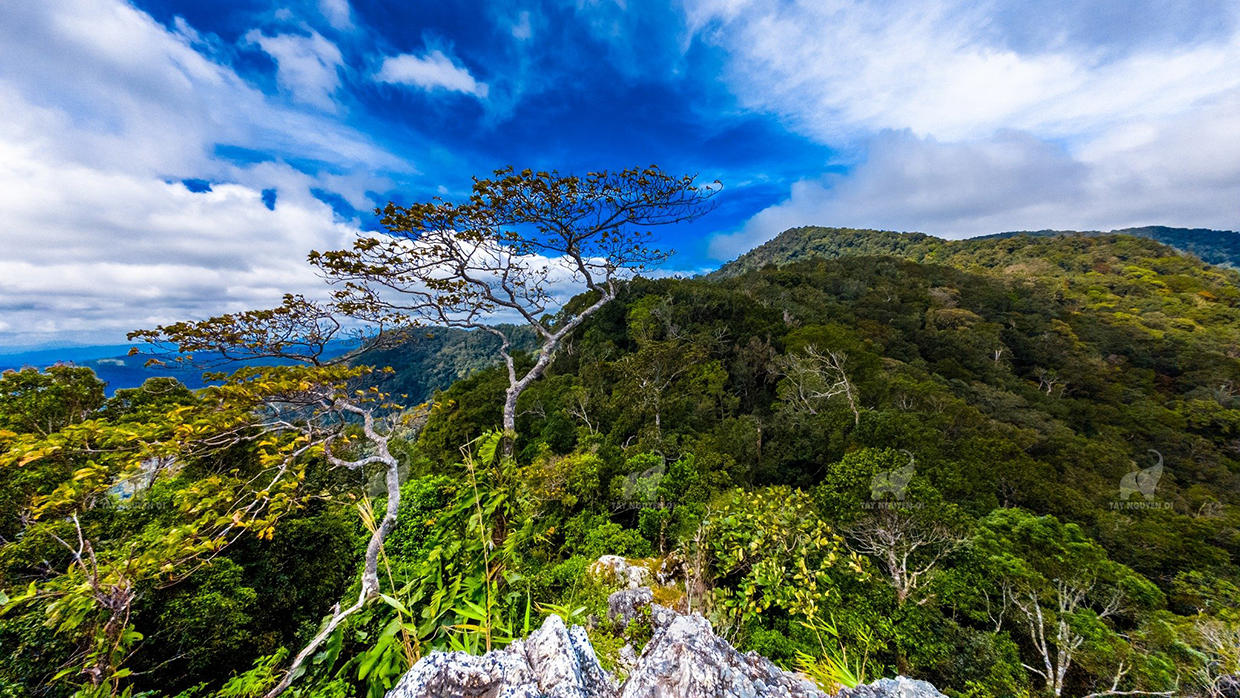With the purpose of preserving subtropical forest in the high mountains with species of gymnosperm, Kon Ka Kinh was one of four national parks in Vietnam, (together with other national parks in Vietnam: Hoang Lien, Ba Be, and Chu Mom Ray), also one of 27 national parks in ASEAN was listed on ASEAN Heritage Park. The National Park is a priority zone for the protection of biodiversity of Vietnam as well as ASEAN.

Located on the Kon Tum Plateau, in the areas of districts Mang Yang, KBang, and Dak Doa of Gia Lai Province, with the purpose of preserving subtropical forest in the high mountains with species of gymnosperm, Kon Ka Kinh National Park was one of four national parks in Vietnam, together with other national parks in Vietnam: Hoang Lien, Ba Be, and Chu Mom Ray), also one of 27 national parks in ASEAN was listed on ASEAN Heritage Park. The National Park is a priority zone for the protection of biodiversity of Vietnam as well as ASEAN.
Thank to the characteristics of its topography, climate and many other factors, this park contains a great deal of biodiversity. It contains 687 flora species of 459 genus and 140 families, of which the class of Magnoliopsida is dominant (104 families, 337 genus, 528 species). Other diviso of Pteridophyta includes 16 families, 32 genus and 40 species. Gymnosperm includes 5 families, 8 genus, 8 species. In addition, Kon Ka Kinh National park is also the home to several endangered and preserved endemic species. Most of the area in the park is covered by protozoa with the above-mentioned typical flora.
The National Park is home to 428 animal species, of which, 223 species are of vertabrates living on land (34 ordo, 74 families) and 205 species Invertebrates (such as butterfly) of 10 families of (Lepidoptera).

Moreover, the National Park likes as a globally important site for the conservation of amphibian diversity, which supports a number of amphibian species endemic to the Annamite mountains, including four species assessed as globally threatened during the Global Amphibian Assessment: Leptobrachium banae, L. xanthospilum, Rana attigua and Rhacophorus baliogaster.
The park is an important part to local people as a source of natural resources, such as firewood honey and rattans. Anh also, the national park supports at least 110 plant species with known medicinal uses. Use of plants in traditional medicine is widespread amongst locals, although the commercial potential of these species remains largely unrealized.
